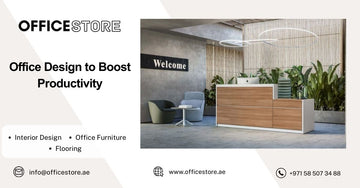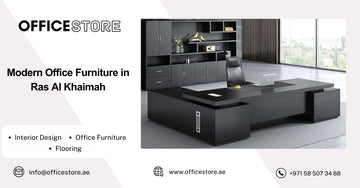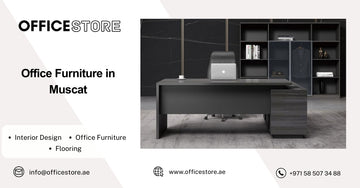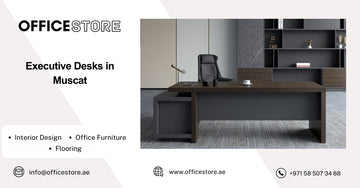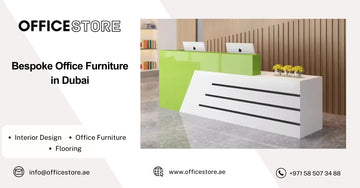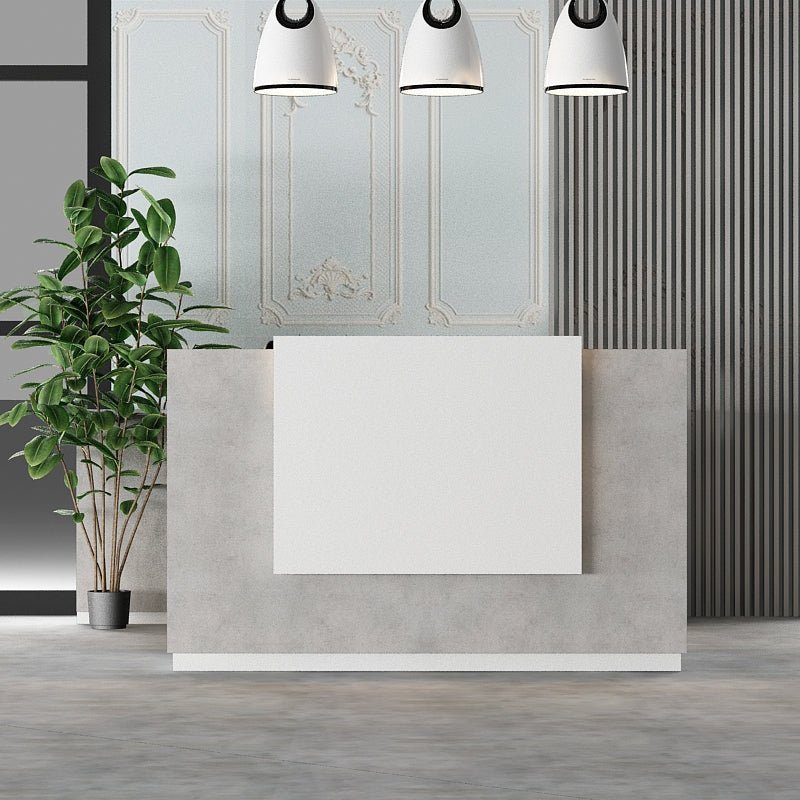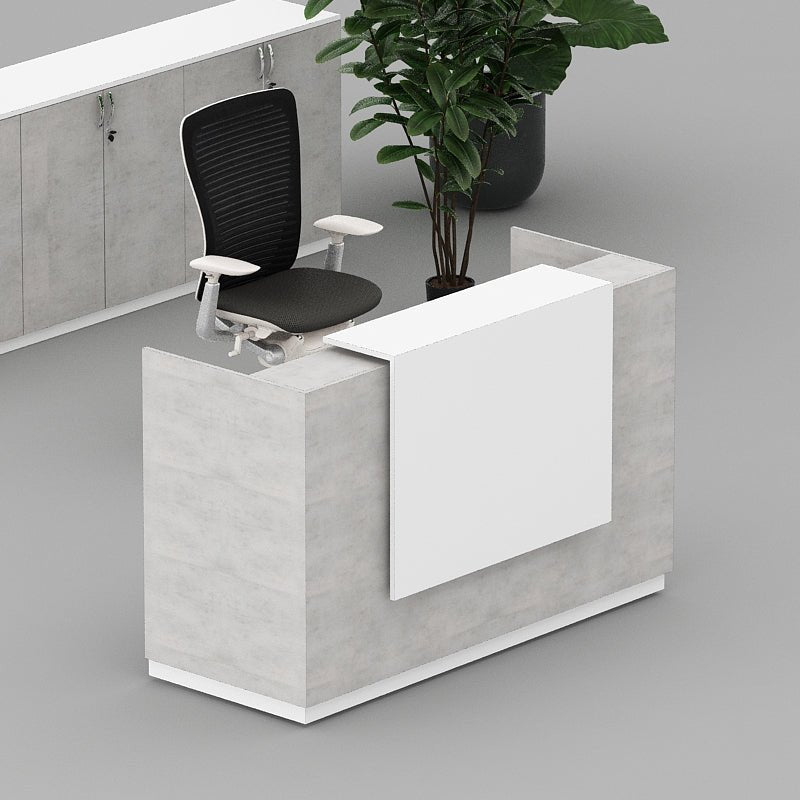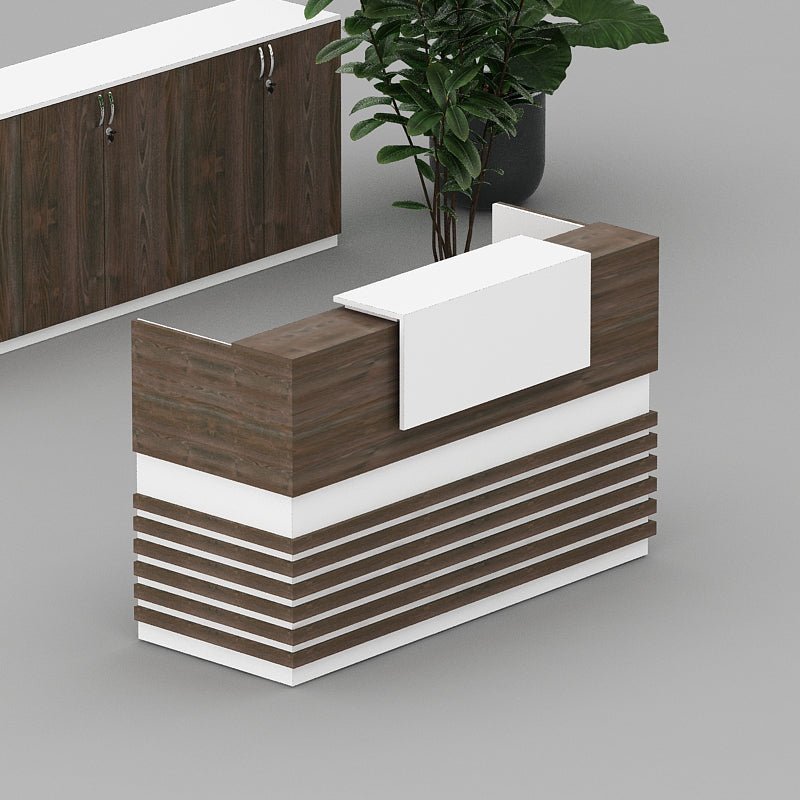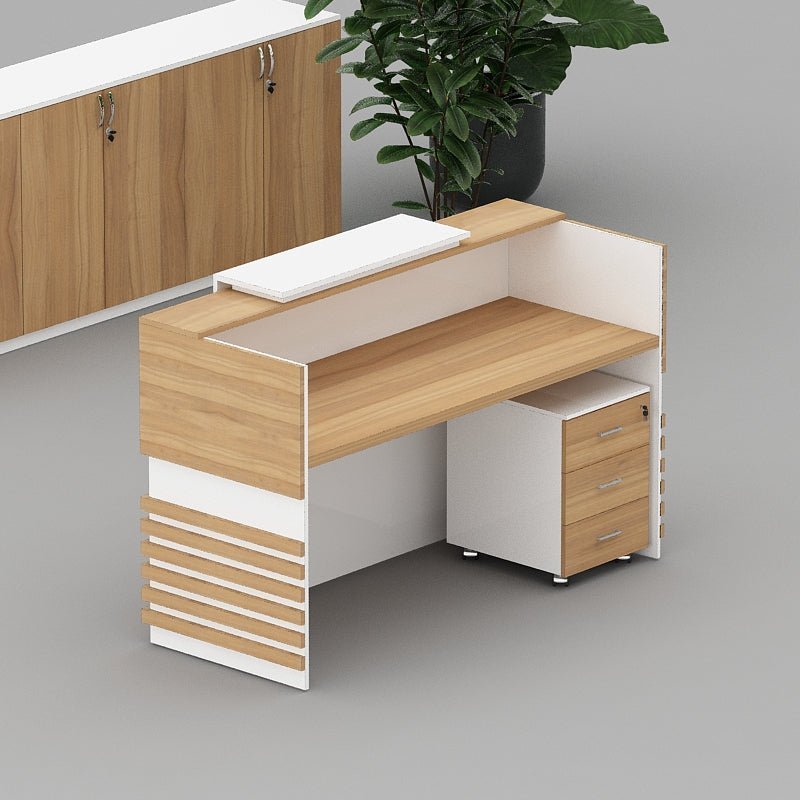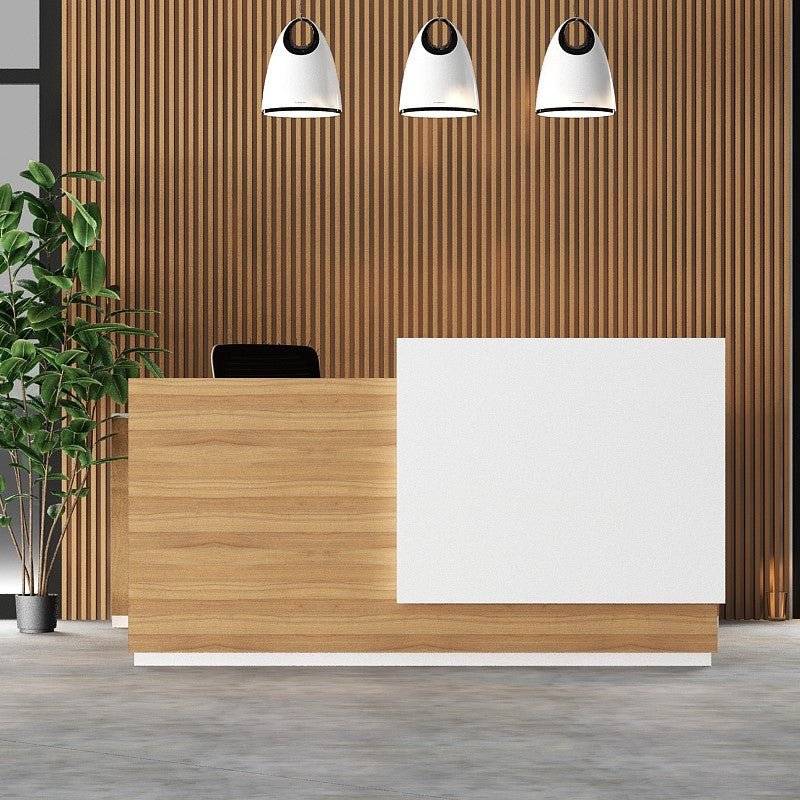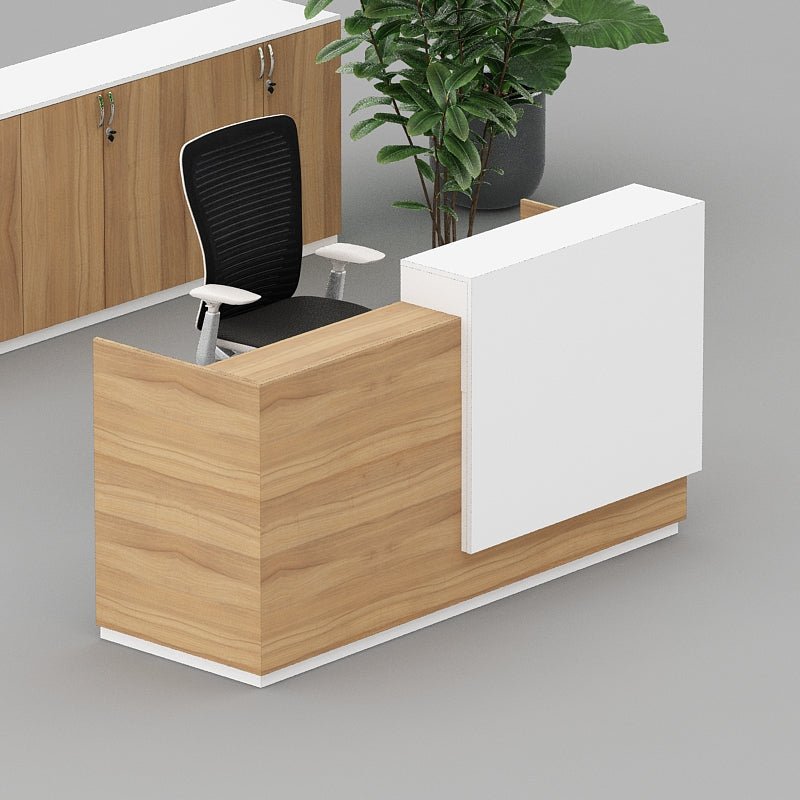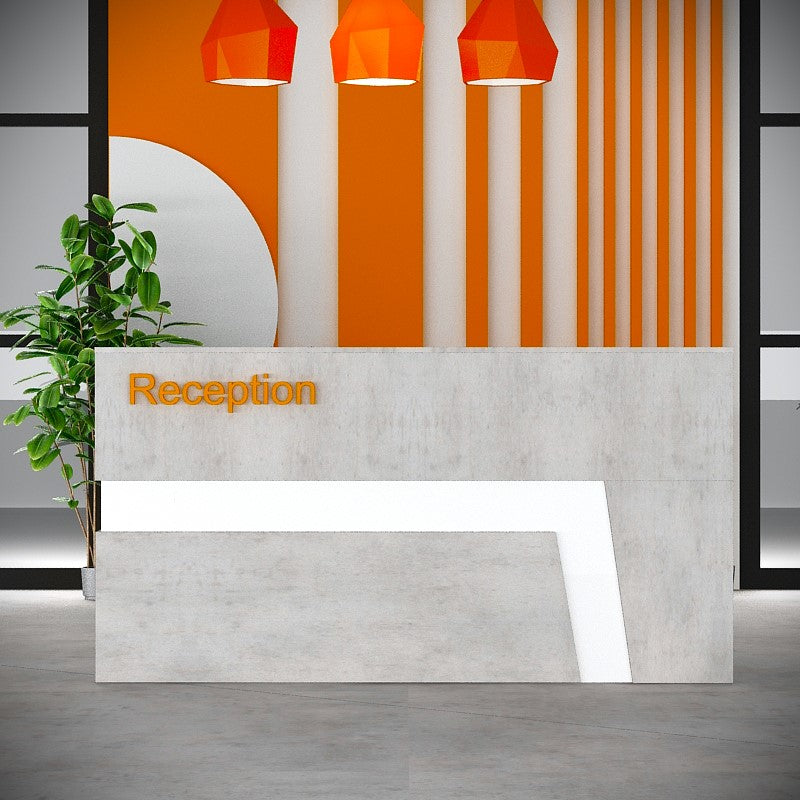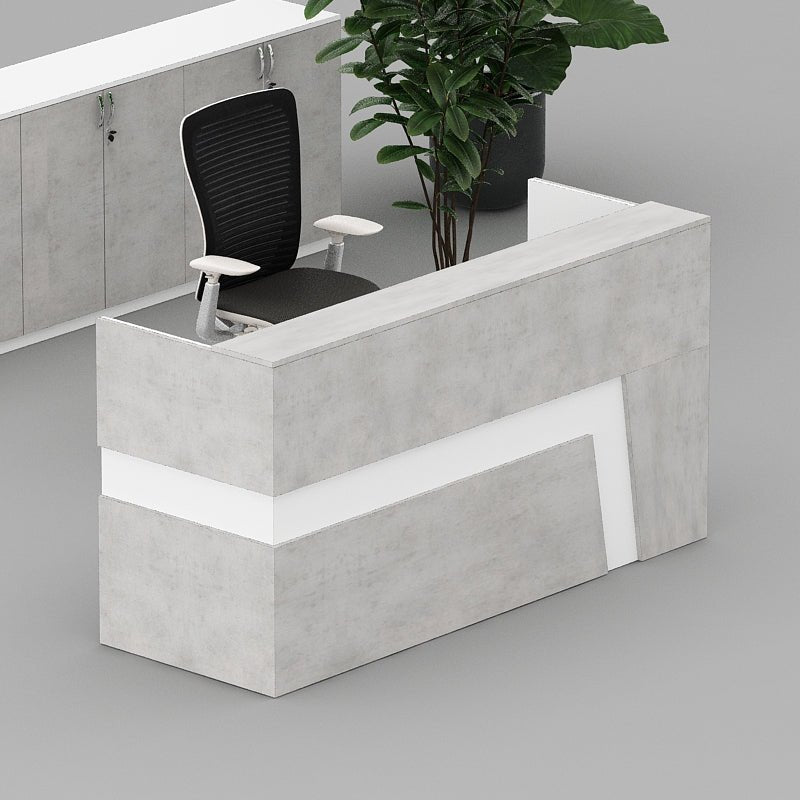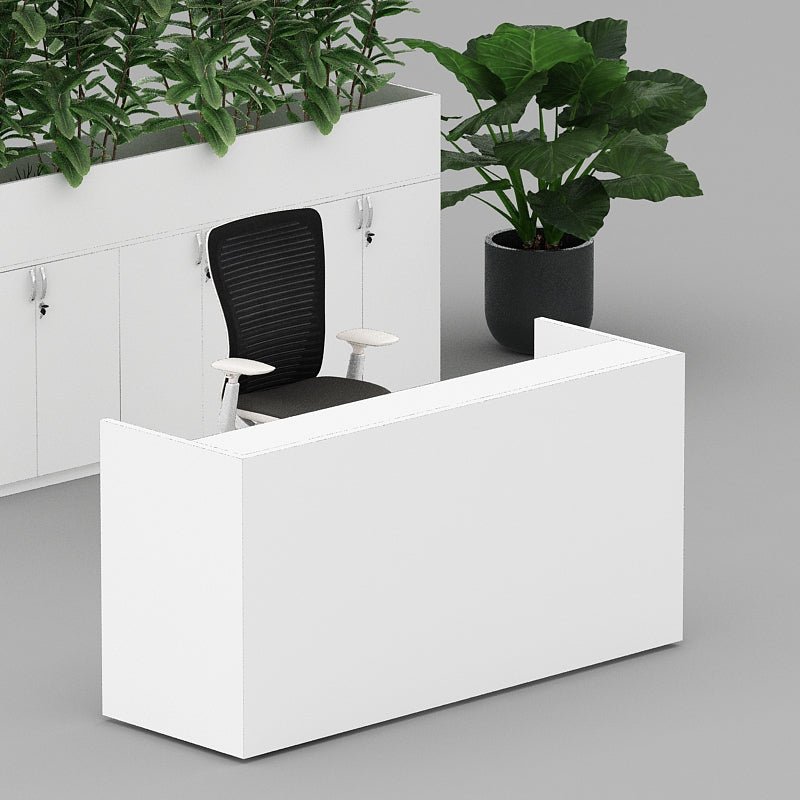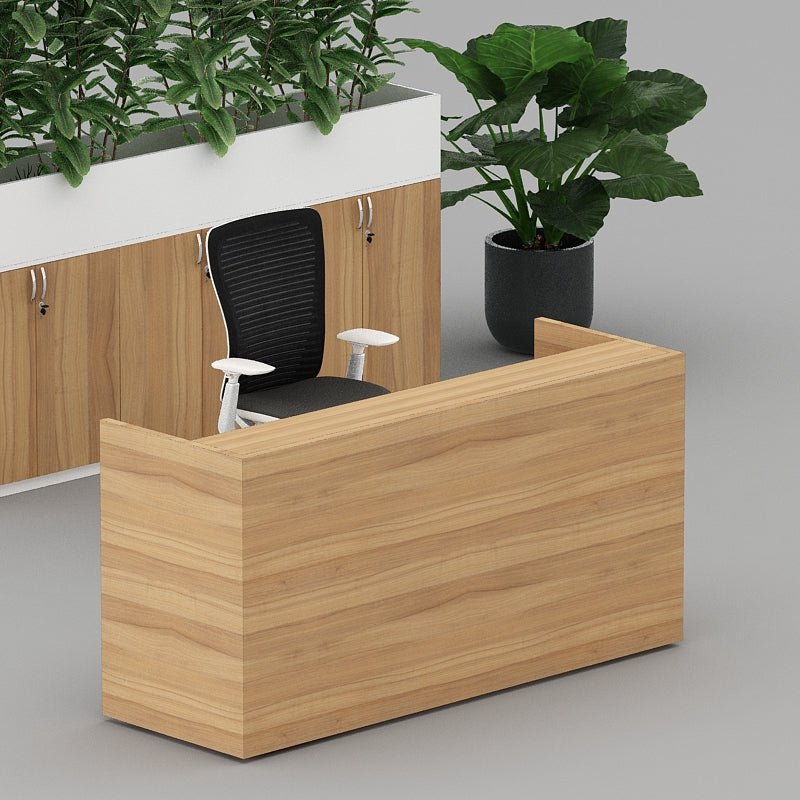Office Design to Boost Productivity
In today's fast-paced business world, companies are constantly seeking ways to enhance productivity and efficiency. One often overlooked aspect that can significantly impact productivity is office design. From the layout of workstations to the choice of furniture, every aspect of the office environment plays a crucial role in shaping employee performance and well-being.
Understanding the Importance of Office Design
The layout and design of an office space can have a profound effect on employee morale and productivity. Studies have shown that a well-designed office can boost creativity, collaboration, and overall job satisfaction. By creating a workspace that is comfortable, inviting, and conducive to productivity, employers can empower their teams to perform at their best.
Ergonomic Office Layout
One of the fundamental principles of effective office design is ergonomics. Ergonomic furniture and layout are essential for ensuring that employees can work comfortably and efficiently without risking strain or injury. Investing in ergonomic chairs, adjustable desks, and proper lighting can significantly improve employee well-being and productivity.
Importance of Ergonomic Furniture
Ergonomic furniture is designed to support the natural alignment of the body, reducing the risk of musculoskeletal disorders and fatigue. Chairs with adjustable lumbar support and armrests can help employees maintain good posture throughout the day, while height-adjustable desks allow for seamless transitions between sitting and standing positions.
Designing Workstations for Comfort and Efficiency
In addition to ergonomic furniture, the layout of workstations should be carefully planned to minimize distractions and promote focus. Each workstation should be equipped with essential tools and resources within easy reach, reducing the need for employees to constantly move around the office. Creating designated areas for specific tasks, such as quiet zones for focused work and collaborative spaces for brainstorming sessions, can further enhance productivity.
Space Planning Solutions
Effective space planning is essential for maximizing the use of available square footage and creating a functional layout that meets the needs of employees. By carefully analyzing workflow patterns and employee preferences, companies can optimize space utilization and create a more efficient work environment.
Maximizing Space Utilization
Optimizing space utilization involves strategically arranging furniture and workstations to minimize wasted space and facilitate smooth traffic flow. This may involve reconfiguring the layout of the office, investing in modular furniture that can be easily rearranged, or implementing hot-desking policies to accommodate fluctuating staffing levels.
Creating Collaborative Areas
Collaboration is key to driving innovation and problem-solving within teams. Designating specific areas for collaboration, such as meeting rooms, breakout areas, or communal workspaces, can encourage spontaneous interactions and foster a sense of community among employees. These spaces should be equipped with comfortable seating, whiteboards, and multimedia tools to facilitate brainstorming sessions and group discussions.
Creating a Productive Office Environment
In addition to ergonomic considerations and space planning, creating a productive office environment requires attention to factors such as lighting, ventilation, and ambiance. A well-designed office should be visually appealing, comfortable, and conducive to focus and concentration.
Importance of Natural Light and Ventilation
Natural light is essential for maintaining the body's natural circadian rhythms and promoting alertness and productivity. Offices should be designed to maximize access to natural light, with large windows, skylights, and open floor plans that allow sunlight to penetrate deep into the workspace. Additionally, proper ventilation is crucial for maintaining indoor air quality and ensuring that employees feel refreshed and energized throughout the day.
Incorporating Greenery for a Refreshing Atmosphere
Plants not only add visual appeal to the office but also have been shown to have a positive impact on employee well-being and productivity. Incorporating greenery into the office environment can help reduce stress, improve air quality, and increase feelings of happiness and relaxation. From small potted plants on desks to living green walls and indoor gardens, there are countless ways to integrate nature into the workplace.
Modern Office Interior Design Trends
As workplace dynamics continue to evolve, so too do trends in office interior design. Modern offices are increasingly embracing minimalist aesthetics, flexible layouts, and cutting-edge technology to create environments that are both functional and inspiring.
Embracing Minimalism and Functionality
Minimalist design principles emphasize simplicity, cleanliness, and functionality. By decluttering the workspace and focusing on essential elements, companies can create a clean and organized environment that promotes clarity of thought and productivity. Minimalist furniture, neutral color palettes, and streamlined storage solutions are hallmarks of this design trend.
Integrating Technology for Efficiency
Technology plays a central role in modern office design, enabling employees to collaborate seamlessly and access information from anywhere. From cloud-based collaboration tools to smart office systems that automate routine tasks, integrating technology into the workplace can streamline processes and enhance productivity. Features such as wireless charging stations, video conferencing facilities, and touchless controls are increasingly becoming standard in office environments.
Office Furniture Optimization
Choosing the right furniture is essential for creating a comfortable and functional workspace. From ergonomic chairs to versatile storage solutions, every piece of furniture should be selected with employee comfort and productivity in mind.
Choosing the Right Furniture for Comfort and Support
When selecting office furniture, prioritize comfort and support above all else. Ergonomic chairs with adjustable features, such as lumbar support and armrests, can help prevent back pain and fatigue during long hours of sitting. Similarly, desks with adjustable height settings allow employees to alternate between sitting and standing positions, reducing the risk of sedentary behavior and promoting better circulation.
Utilizing Multifunctional Pieces
In smaller office spaces, multifunctional furniture can help maximize space efficiency without sacrificing functionality. Consider investing in modular furniture systems that can be easily reconfigured to adapt to changing needs, such as adjustable partitions, nesting tables, and storage ottomans. By choosing versatile pieces that serve multiple purposes, companies can optimize space utilization and create a more flexible and adaptable workspace.
Efficient Office Space Design Strategies
The layout and design of the office space can have a significant impact on employee productivity and collaboration. Whether you're designing a new office or revamping an existing space, here are some strategies to consider for maximizing efficiency and effectiveness.
Open vs. Closed Office Layouts
The debate between open-plan and closed office layouts has been ongoing for years, with proponents of each arguing for their respective benefits. Open-plan offices are praised for promoting collaboration and communication among employees, while closed offices offer privacy and focus for individual tasks. The key is to strike a balance between the two, incorporating elements of both layouts to create a workspace that meets the needs of all employees.
Incorporating Flexible Workspaces
Flexibility is key to adapting to the changing needs of modern workplaces. Designing flexible workspaces that can easily accommodate different activities and workstyles allows employees to choose the environment that best suits their needs at any given time. This may involve creating quiet zones for focused work, collaborative areas for team meetings, and relaxation spaces for breaks and informal gatherings.
Incorporating Employee Feedback
When designing an office space, it's essential to involve employees in the decision-making process. After all, they are the ones who will be using the space on a daily basis, so their input is invaluable. Solicit feedback through surveys, focus groups, or town hall meetings to gather insights into employee preferences, pain points, and suggestions for improvement. By incorporating employee feedback into the design process, you can create a workspace that truly meets the needs of your team.
Budget-Friendly Office Design Ideas
Designing an office space on a budget doesn't mean sacrificing quality or functionality. With some creativity and resourcefulness, you can create a stylish and functional workspace without breaking the bank.
Creative Solutions for Small Budgets
Start by prioritizing investments in key areas that will have the most significant impact on productivity and employee well-being, such as ergonomic furniture and essential technology. Look for budget-friendly alternatives, such as pre-owned furniture, DIY projects, or refurbished items, to stretch your budget further without compromising on quality.
Prioritizing Investments for Maximum Impact
When working with a limited budget, it's essential to prioritize investments based on their potential return on investment. Focus on areas that will directly contribute to employee productivity and satisfaction, such as comfortable seating, adequate lighting, and collaborative spaces. By allocating resources strategically, you can make the most of your budget and create a workspace that inspires creativity and innovation.
Case Studies: Successful Office Design Examples
To gain inspiration for your own office design project, it's helpful to look at successful examples from other companies. Here are a few case studies highlighting companies with innovative office designs that prioritize employee well-being and productivity.
Google's Campus-Style Headquarters
Google is renowned for its innovative office spaces designed to foster creativity, collaboration, and employee engagement. From colorful and quirky decor to amenities such as gourmet cafeterias, fitness centers, and nap pods, Google's campus-style headquarters are designed to inspire and delight employees while promoting productivity and innovation.
Airbnb's Unique Office Spaces
Airbnb's office spaces are as unique and eclectic as the properties listed on its platform. Each office reflects the local culture and aesthetic of its location, with themed meeting rooms, cozy lounges, and flexible workspaces that encourage collaboration and creativity. By creating spaces that feel more like homes than traditional offices, Airbnb fosters a sense of belonging and community among its employees.
Measuring Productivity Gains
Once you've implemented your office design changes, it's essential to measure their impact on productivity and employee satisfaction. By tracking key metrics and gathering feedback from employees, you can evaluate the effectiveness of your design decisions and make adjustments as needed.
Tools and Metrics for Evaluating Office Design Effectiveness
There are several tools and metrics you can use to assess the impact of office design on productivity and employee satisfaction. Employee surveys, focus groups, and performance metrics such as time spent on tasks and project deadlines can provide valuable insights into how well your office design is working in practice. Additionally, tools such as space utilization software and occupancy sensors can help you track how space is being used and identify areas for improvement.
Continuous Monitoring and Adjustments
Office design is not a one-time project but an ongoing process of refinement and optimization. Continuously monitor employee feedback and performance metrics to identify areas where improvements can be made. Be open to making adjustments and modifications to your office design based on changing needs and evolving work practices. By staying proactive and responsive to feedback, you can create a workspace that maximizes productivity and enhances employee well-being over the long term.
Future Trends in Office Design
As workplaces continue to evolve in response to technological advancements and changing workforce demographics, it's essential to stay ahead of the curve and anticipate future trends in office design. Here are a few key trends to watch out for in the coming years.
Anticipated Changes in Post-Pandemic Workplaces
The COVID-19 pandemic has accelerated many trends in office design, including remote work, flexible scheduling, and health and safety protocols. As we transition to a post-pandemic world, companies will need to rethink their office layouts and policies to accommodate hybrid work models and prioritize employee health and well-being. This may involve implementing touchless technology, redesigning communal spaces for social distancing, and offering flexible work arrangements to accommodate diverse needs.
Embracing Flexibility and Adaptability
Flexibility and adaptability will be the hallmarks of future office design. With an increasing emphasis on remote work and distributed teams, offices will need to be designed to accommodate a variety of workstyles and preferences. This may involve creating versatile workspaces that can be easily reconfigured to suit different activities, investing in mobile furniture and technology solutions, and fostering a culture of agility and innovation.
Conclusion
In conclusion, office design plays a crucial role in shaping employee productivity, satisfaction, and well-being. By creating a workspace that is comfortable, functional, and inspiring, companies can empower their teams to perform at their best and drive innovation and success. From ergonomic furniture and space planning solutions to modern interior design trends and flexible workspaces, there are countless ways to optimize your office environment for maximum productivity. By prioritizing investments strategically and continuously monitoring and adjusting your office design based on employee feedback and performance metrics, you can create a workspace that fosters creativity, collaboration, and success.
FAQs
1. How does office design impact employee productivity?
Office design can have a significant impact on employee productivity by influencing factors such as comfort, accessibility, and collaboration. A well-designed office that prioritizes ergonomic furniture, natural light, and flexible workspaces can boost morale and motivation, leading to increased productivity and efficiency.
2. What are some budget-friendly office design ideas?
Budget-friendly office design ideas include investing in pre-owned furniture, DIY projects, and refurbished items, as well as prioritizing investments in key areas that will have the most significant impact on productivity and well-being. By getting creative and resourceful, you can create a stylish and functional workspace without breaking the bank.
3. How can I measure the effectiveness of my office design changes?
You can measure the effectiveness of your office design changes by tracking key metrics such as employee satisfaction, productivity levels, and performance indicators. Conducting employee surveys, focus groups, and performance reviews can provide valuable insights into how well your office design is working in practice and identify areas for improvement.
4. What are some future trends in office design to watch out for?
Some future trends in office design to watch out for include the continued rise of remote work and distributed teams, the integration of technology for flexibility and adaptability, and a greater emphasis on health and wellness in the workplace. Offices will need to be designed to accommodate diverse workstyles and preferences while fostering a sense of community and collaboration among employees.
5. How can I create a more collaborative office environment?
To create a more collaborative office environment, consider incorporating designated collaborative areas such as meeting rooms, breakout spaces, and communal workspaces. These areas should be equipped with tools and resources to facilitate brainstorming sessions and group discussions, such as whiteboards, multimedia tools, and comfortable seating. Additionally, fostering a culture of collaboration through team-building activities, open communication, and shared goals can help create a more collaborative and innovative workplace culture.
